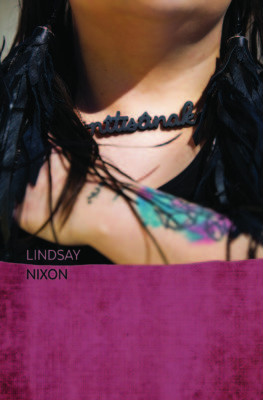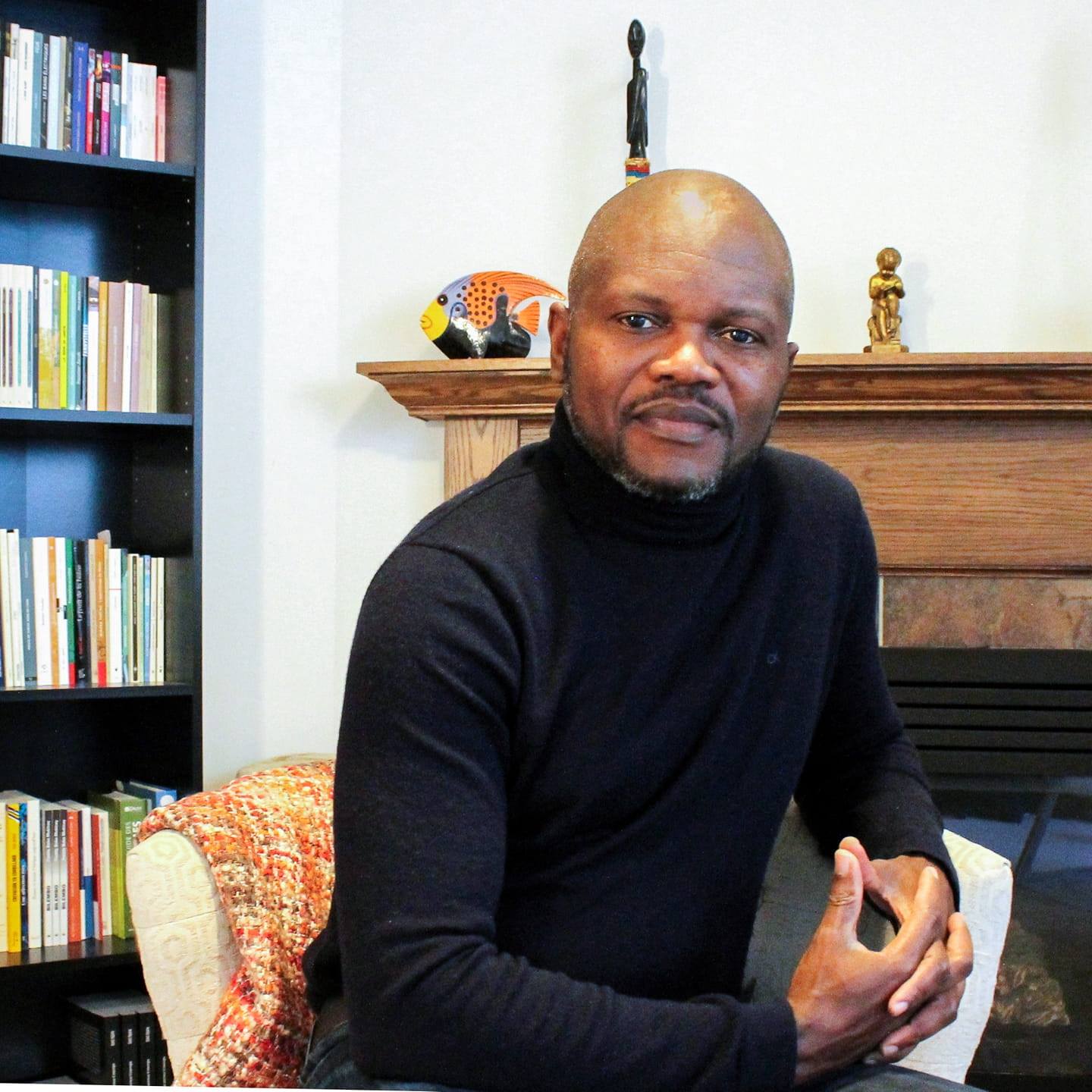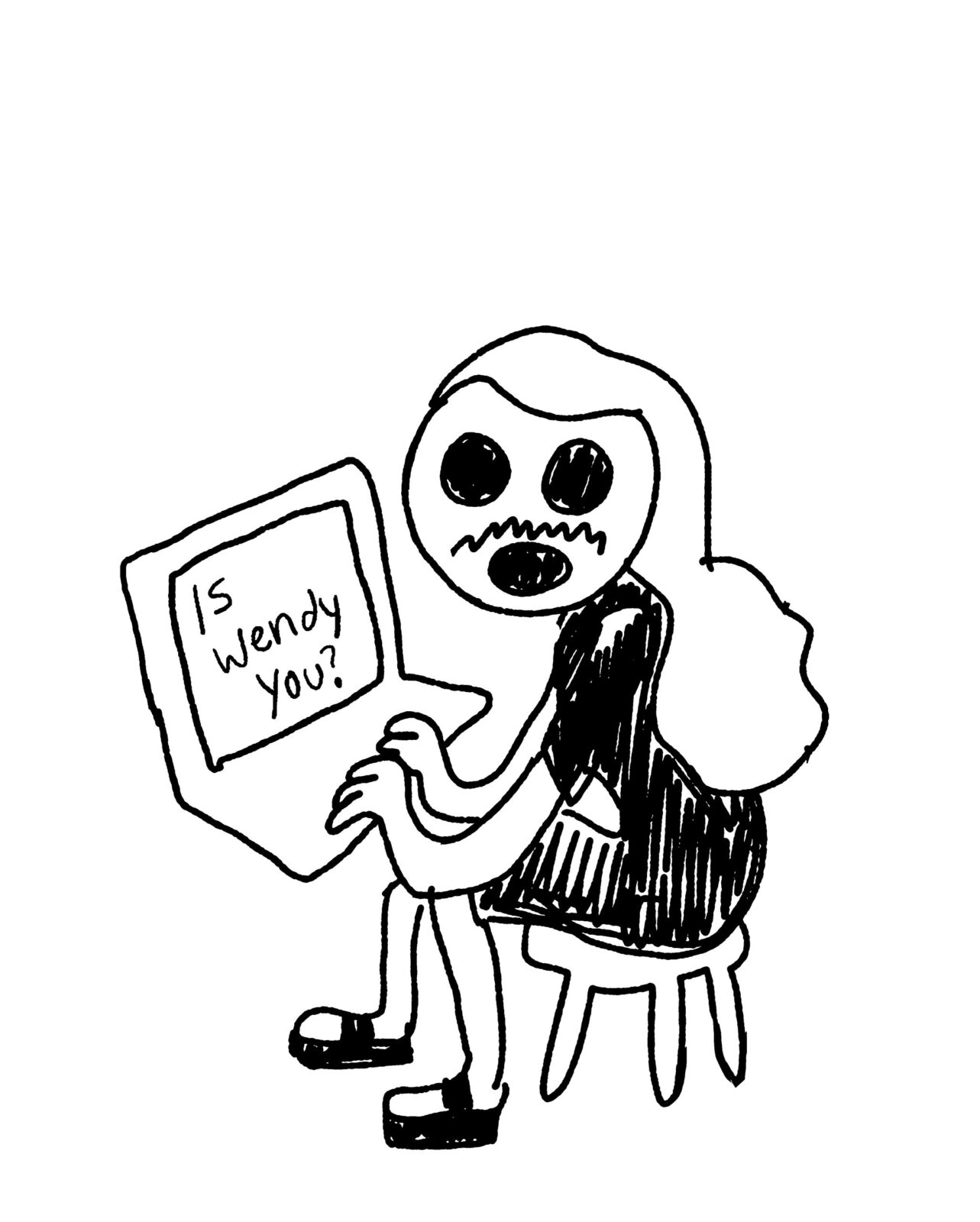I have never read a book like Cree-Métis-Saulteaux writer Lindsay Nixon’s nîtisânak. You probably haven’t, either.
Part of me wants to say that nîtisânak is the literary equivalent of a middle finger, sporting chipped black nail polish and waving in front of Nixon’s knowing smirk. At times it is, directing justifiable anger and irreverence towards racist, transphobic, and homophobic institutions, perceptions, and people. This attitude is at its most refreshing and disarming when Nixon speaks directly to the reader, questioning their reactions to Nixon’s story.
“Don’t mistake my words for trauma porn,” Nixon writes in the first of such interludes, “because this is just how it went down for us. If these stories can’t be told without a yt tear being shed, that’s not my problem. No, my trauma is not a commodity, but my story doesn’t always have to be uplifting, resurgent, or revolutionary to be my truth, either.”
“I think of it as a gentle caution,” Nixon tells me. “Kind of like saying, you’re welcome here, but as a guest, act accordingly. Because Indigenous writing is always inferred upon, exploited, and extracted from for the settler gaze. In the same way that I wanted this book to be for Native queer and trans people, I didn’t want non-Indigenous peoples to overstay their welcome in parts of the book that were specifically for queer and trans Natives.”
Even in interviews, Nixon is a thoughtful, careful writer. To say that nîtisânak is merely a literary middle finger, then, risks flattening a work that is wondrously complex and intimate, funny and vulnerable. The way that Nixon writes about their mother, for example, shows a remarkable ability to recognize their mother’s flaws while simultaneously bearing in mind the context that created her pain:
I still struggle to ethically unravel the intricacies of her emotional abuse, the kind that lasts decades, slowly chipping away at the spirit, and likely derived from her fear, loneliness, and loss of independence from illness. My mom feared loss of control, having always been the master of her own life, so she sought to control me […] She was lonely, alone in her house all day, while the rest of us continued to live our lives, and she was cut off from the community she had loved so dearly—she and the pills.
Nixon’s incredible insight, unblinking frankness, and surprising tenderness combine to create an unforgettable voice. Razor-sharp critique and heartbreaking empathy are often juxtaposed throughout the book, creating the sort of nuanced cultural commentary that has been missing from Canada’s publishing landscape. The fact that Nixon does this in a book that also celebrates NDN kinship and queer sex, interrogates abuse in queer relationships, and exposes racism and colonial attitudes in queer spaces further sets it apart as a wholly original critical text.

nîtisânak
Lindsay Nixon
Metonymy Press
$19.95
paper
200pp
9780994047175
These lines feel particularly relevant in the wake of the 2016 killing of nehiyaw man and ceremonial fire keeper Colten Boushie, and the subsequent 2018 court ruling that found Gerald Stanley, the white man who shot him, innocent of all criminal charges relating to Boushie’s death. As soon as this tragedy hit the news, prairie Natives insisted that Boushie’s death was not unexpected, that the racism they face in the prairies is particularly violent and dehumanizing. Still, their voices were absent from most mainstream news, and their experiences have, unfortunately, continued to go ignored.
“I just wanted to write a book for queer and trans Natives from the prairies,” Nixon says. “I wrote this book as a message directly to those folks. I see you. I love you.
I survived. I want you to, too.”
This is another reason why Nixon’s book is so necessary: it gives voice to the specificity of prairie Indigenous life. Nixon is fearless and unsparing in relaying their experiences. In the chapter “wîhtikow,” which meditates on the police and their relationship with Indigenous people in Alberta, Nixon writes, “I remember officer3191 of the Edmonton Police Service who beat me up in the middle of the night, mere blocks away from my home, because he suspected me of jaywalking. Warning me when I left that I should be very careful when I told people about tonight.” Taking this experience, as well as other violent experiences their Indigenous family members have had with the police, Nixon asks us to dig deeper into what these experiences mean.
“What is a prisoner?” Nixon writes. “A criminal? Because sometimes I think criminality is just being Native. Existing, or attempting to continue.” As an Indigenous woman who has seen members of my own family criminalized, I felt the hopelessness of those lines in my very bones. And, Nixon tells me, I’m not the only one.
“A few weeks ago I got a message from a Cree person from my mother’s territories and it just brought me to tears. They said they had never read a book where every page felt like it could have been them. It was truly the greatest accolade I’ve received since publishing.”
Nixon doesn’t merely question the Truths of white Canada, however; they also interrogate discrimination within marginalized communities. “After all these years, I still don’t know how to talk about homophobia and transphobia on the rez,” Nixon writes early in the book. “I’m not supposed to say the truth and give in to settler desire to consume my trauma and feed yt saviour ego, so at some dinner party settlers can use my book to talk about how they read a gay NDN’s memoir and it said that it’s so violent on the rez for gay NDNs—but, like, it’s so violent on the rez for gay NDNs!”
This is definitely a familiar issue for many Indigenous people: we need to discuss violence in our own communities, but we also don’t want our stories to be strategically used by white folks to fuel their stereotypes and further hurt our communities. This creates a silence that is hard to break. Yet, here, in these pages, Nixon breaks that silence, daring non-Indigenous readers to turn our vital discussions into weapons against us.
I’d be remiss if I didn’t mention the obvious: nîtisânak is an incredibly punk text – from its many musical references, to its descriptions of the Queen City Punk scene, to its continual refusal of authority, to its very structure. The slim chapters have all the energy, guts, and brevity of the very best punk songs, full of biting, hilarious critiques and observations. In “The Straight Man’s Gaze, or Katy Perry Perpetuates a Culture of Violence toward Queer Folks,” for example, Nixon asks, “Why do straight men think that lesbians are just dying to have a three-way with them?” At the end of “Dear NDN Bro,” a letter that speaks back to gaslighting Indigenous men, they sign off as “Ungrateful, Traitorous, Troublesome Bitch,” tongue planted firmly in cheek.
After reading nîtisânak, and devouring all the musical references, I was curious: if nîtisânak was an album, what album would it be? Nixon chose two: Jenny Lewis’s Rabbit Fur Coat – “Her words cut into you and just stay in your bones” – and Fever to Tell by Yeah Yeah Yeahs. “That album is timeless and legendary, and birthed a whole generation of take no shit, art-punk feminists (myself included). Karen O is mom, for sure.”
To me, nîtisânak reads like an expertly curated mixtape: diving into the complexities of queer, trans, prairie NDN punk life, and ultimately speaking back to a society that has consistently tried to stifle that life, in all its pain and all its joy. Lucky for us, it hasn’t. mRb







0 Comments